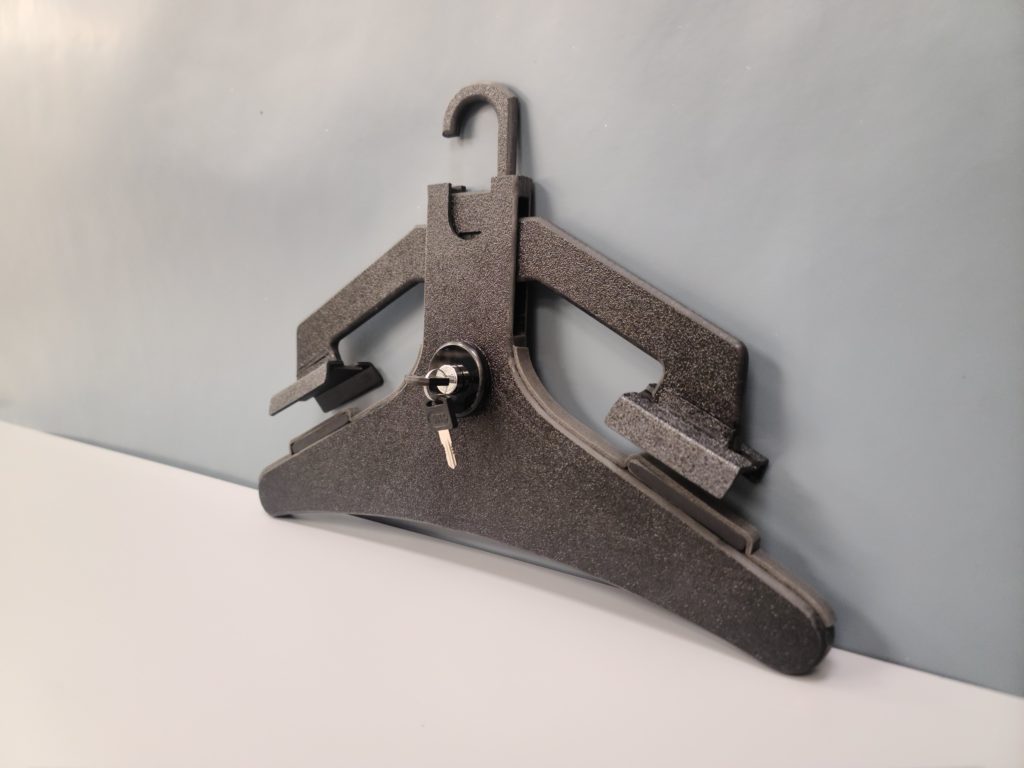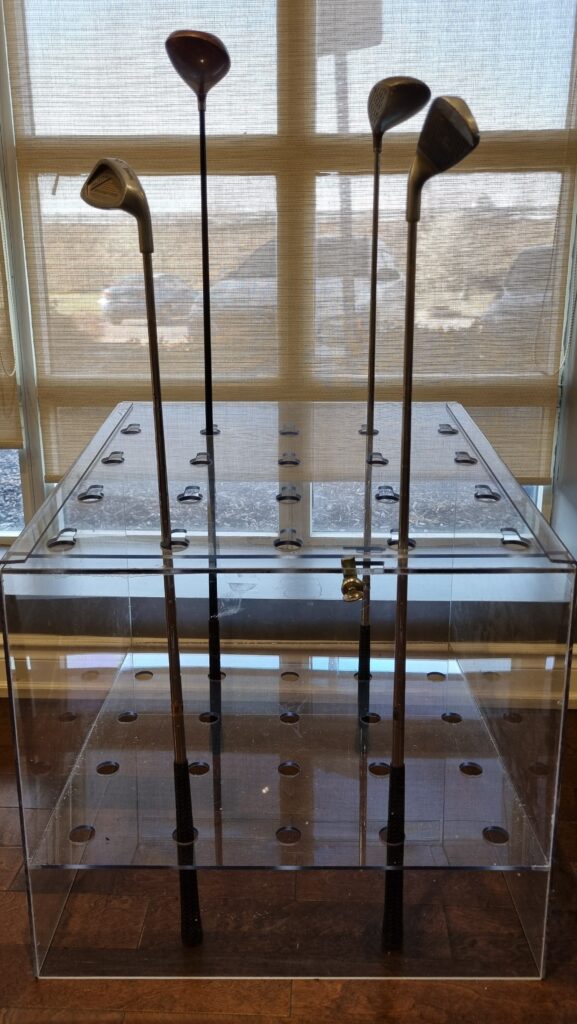Retail theft has turned into a crisis. In 2023, thieves cost U.S. retailers $121.6 billion in losses, and experts expect this number to climb past $150 billion by 2026. Canadian retailers face a similar challenge. The Retail Council of Canada reports a 300% rise in theft since 2020, causing $5 billion in annual losses.
Sports stores face a unique risk due to a mix of valuable merchandise, open layouts, and organized theft. Here’s why shoplifters frequently target these stores—and what retailers can do to stop them.
1. Thieves Target High-Value Merchandise
Stores stock expensive items that are easy to resell. Thieves often grab:
- Branded Apparel: Popular shoes, jerseys, and jackets from brands like Nike or Adidas.
- Equipment: Golf clubs, bicycles, and tennis rackets that sell for hundreds of dollars.
- Accessories: Small items, such as gym bags, gloves, and hats, which are easy to conceal.
Criminals target these products because demand remains high on resale platforms. Organized groups take advantage of this trend and quickly flip stolen goods for profit.
2. Open Store Layouts Help Thieves Escape
They often design their spaces for a positive customer experience. Wide aisles and product accessibility let shoppers test equipment and browse freely. Unfortunately, these features also give thieves an advantage.
- Blind Spots: High shelves and open layouts create areas where shoplifters can hide.
- Quick Grabs: Thieves can snatch products and leave before anyone notices.
In busy stores, some groups work together—one distracts staff while the others take off with merchandise.
3. Peak Seasons Increase Opportunities for Theft
They see their busiest days during back-to-school, holidays, and seasonal sports events. Retailers bring in more inventory to meet demand, but these surges overwhelm their security measures.
- Crowded Stores: Staff struggle to monitor every corner during busy times.
- High-Stock Shelves: Thieves can grab items unnoticed when inventory overflows.
Retailers must prepare for these spikes by tightening security and monitoring high-value products more closely.
4. Organized Retail Crime Hits Sporting Stores Hard
Organized retail crime (ORC) groups work together to steal large quantities of merchandise. These groups often target sports goods because high-value items are easy to resell.
- U.S. retailers lose $41.5 billion annually to organized theft.
- Canadian authorities report a sharp increase in retail crime connected to professional theft rings.
These groups operate quickly and leave retailers with massive losses. Without proactive security measures, ORC groups leave stores with significant losses, underlining the importance of theft prevention measures.
5. Thieves Use Resale Markets to Profit
Platforms like Facebook Marketplace and Craigslist make it easy to sell stolen sporting gear. Thieves know that:
- Quality Equipment Holds Value: Items like bikes, skis, and golf clubs attract buyers quickly.
- Apparel Sells Fast: Limited edition shoes or branded jackets fetch high prices.
The resale market encourages theft because it provides a quick way for criminals to make money with minimal risk.


How Sporting Goods Retailers Can Stop Theft
Retailers can protect their stores with practical strategies that don’t ruin the shopping experience:
- Use Anti-Theft Fixtures: Tools like anti-theft hangers keep apparel secure without frustrating customers.
- Install Smart Surveillance: AI-powered cameras monitor the store and flag suspicious behavior.
- Train Employees: Teach staff to identify shoplifting patterns and remain visible to deter thieves.
- Optimize Store Layouts: Place high-value items near checkouts or staffed areas and eliminate blind spots.
- Leverage Technology: Use RFID systems to track inventory and identify missing items quickly.
Sporting goods retailers face unique challenges that make them prime targets for theft, from high-value merchandise to seasonal surges and organized retail crime. However, adopting proactive strategies like anti-theft fixtures, smart surveillance, and optimized store layouts can significantly reduce risks.
By implementing tailored theft prevention measures, businesses can protect their merchandise, safeguard profits, and create a secure shopping environment that balances safety with customer satisfaction. Taking these steps today ensures a stronger, theft-resistant retail experience for the future.
